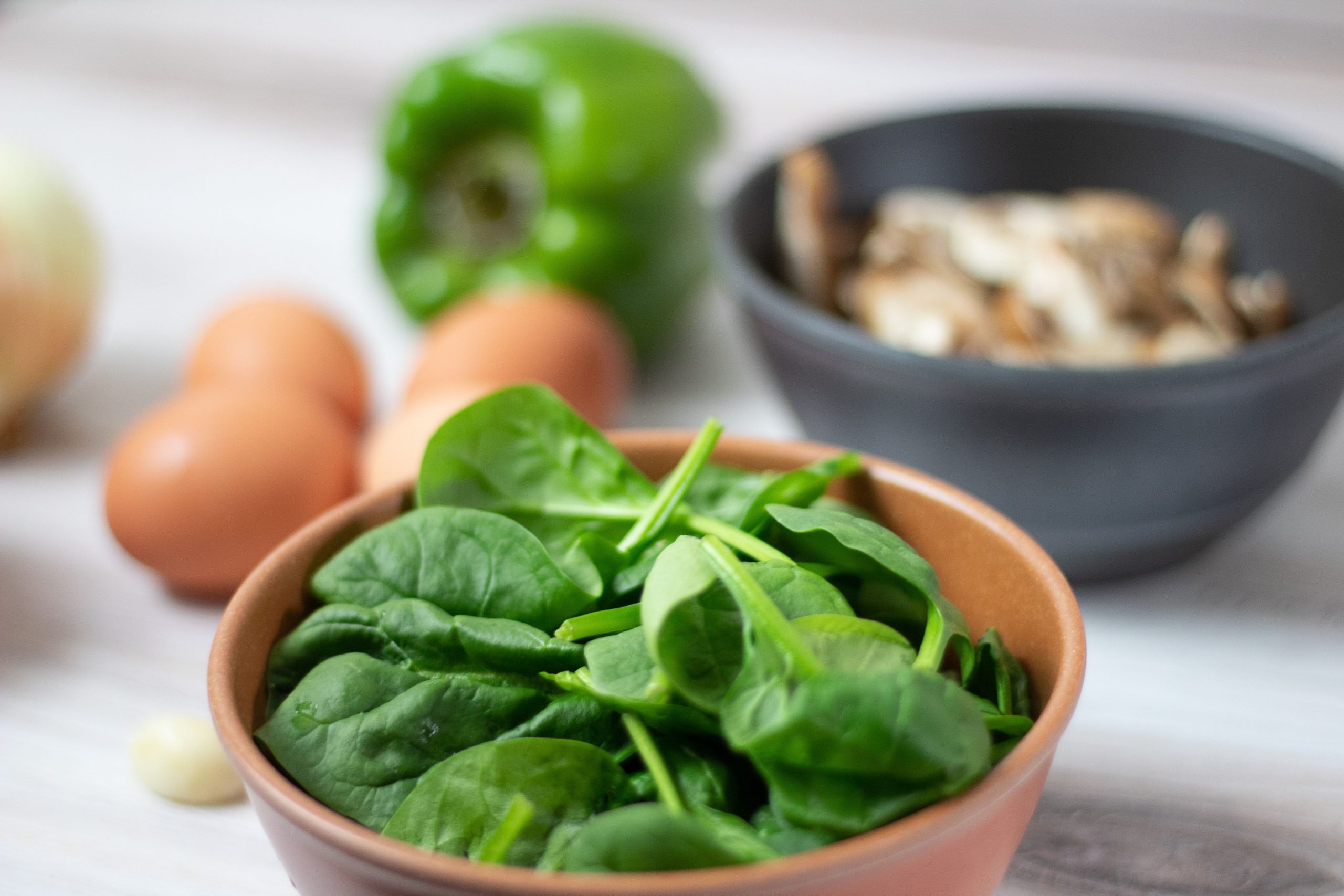Iron is a mineral that serves several essential functions; it primarily supplies oxygen throughout your body as a part of red blood cells. It is an important nutrient, which means you must get it from food. The daily value is 18 mg.
Shellfish is both delicious and healthy. Iron is abundant in all shellfish, but clams, oysters, and mussels are particularly rich. Heme iron, which is present in shellfish, is easier for your body to absorb than the non-heme iron found in plants. A 3.5-ounce serving of clams also contains 26 grammes of protein, 24% of the daily value for vitamin C, and 4,125% of the daily value for vitamin B12. Shellfish, in fact, are high in minerals and have been shown to raise the level of heart-healthy HDL cholesterol in your blood. Despite valid worries about mercury and toxins in some fish and shellfish, the benefits of eating seafood clearly outweigh the risks.
Spinach is loaded with many health benefits. It’s a great source of protein. Raw spinach contains 2.7 milligrammes of iron (about 15% of the daily value) in around 3.5 ounces (100 grammes). Although spinach contains non-heme iron, which is poorly absorbed, it is also high in vitamin C. This is significant because vitamin C improves iron absorption. Spinach is also high in carotenoids, which are antioxidants that may lower your cancer risk, reduce inflammation, and protect your eyes from disease. Eating spinach and other leafy greens with fat aids absorption of carotenoids, so mix your spinach with a healthy fat like olive oil.
Also read: 5 must-have food items to boost your immunity
Liver and other organ meats: Organ meats are high in nutrients. Iron-rich organs such as the liver, kidneys, brain, and heart are popular. For example, a 3.5-ounce (100-gram) serving of beef liver contains 6.5 milligrammes of iron, or 36% of the daily value.Organ meats are also high in protein and include B vitamins, copper, and selenium, among other nutrients. The liver is very high in vitamin A, delivering 1,049.9 percent of the daily value (DV) per 3.5-ounce dose. Moreover, organ meats are one of the best sources of choline, a critical ingredient for brain and liver health that many individuals lack.
Legumes: Legumes are packed with nutrients. Some of the most common legumes are beans, peas, lentils, chickpeas, and soyabeans. They are a rich source of iron. Including black beans, navy beans, and kidney beans in your food can boost your iron intake. Legumes are also a good source of magnesium, potassium, and folate. To level up your iron content, eat legumes with tomatoes, greens, and citrus fruits.
Red meat: Red meat contains essential nutrients. 3.5 ounces of serving ground beef can contain 2.7 milligrammes of iron, which is 15% of the daily value. Meat is also a rich source of zinc, protein, selenium, and other B vitamins.






